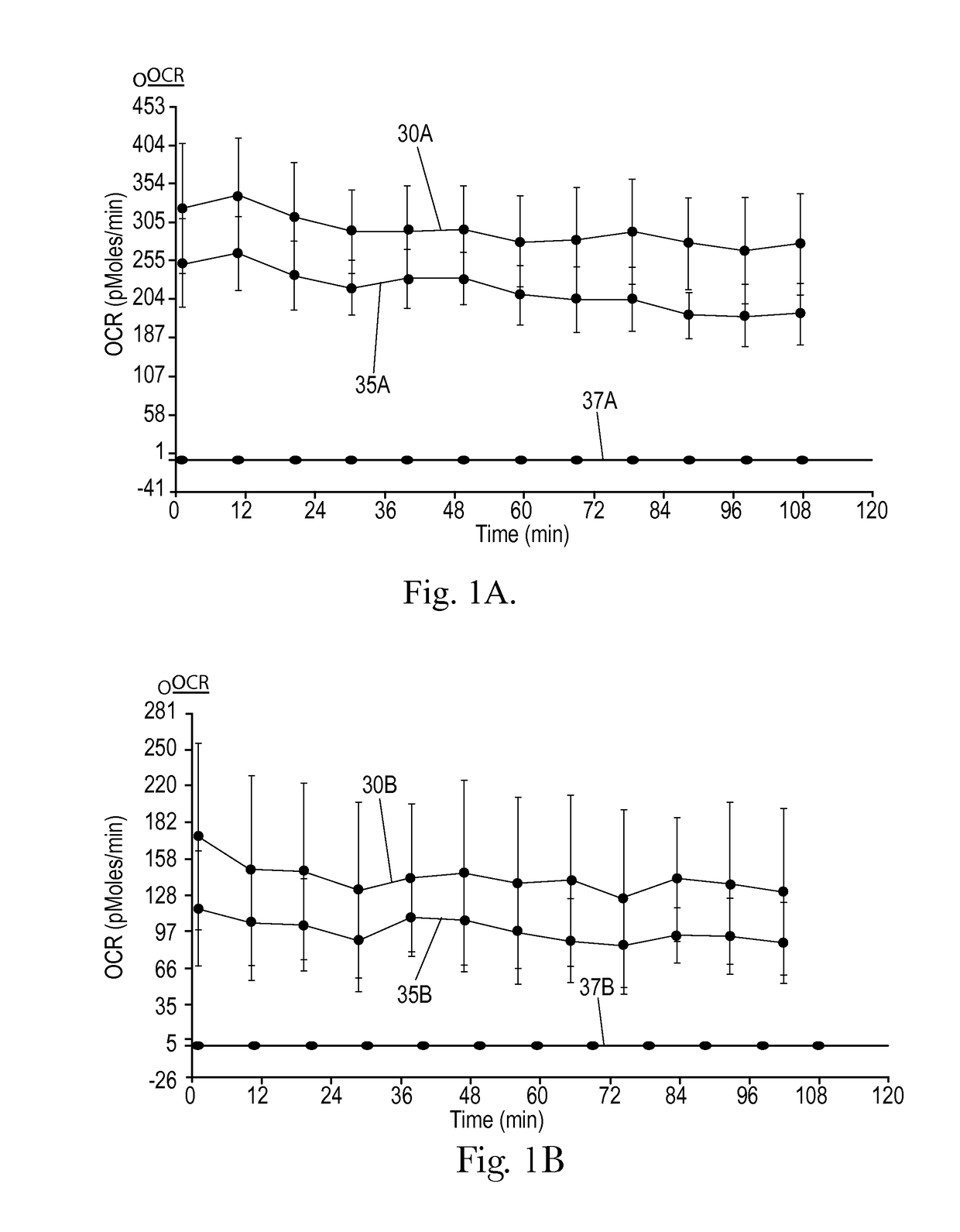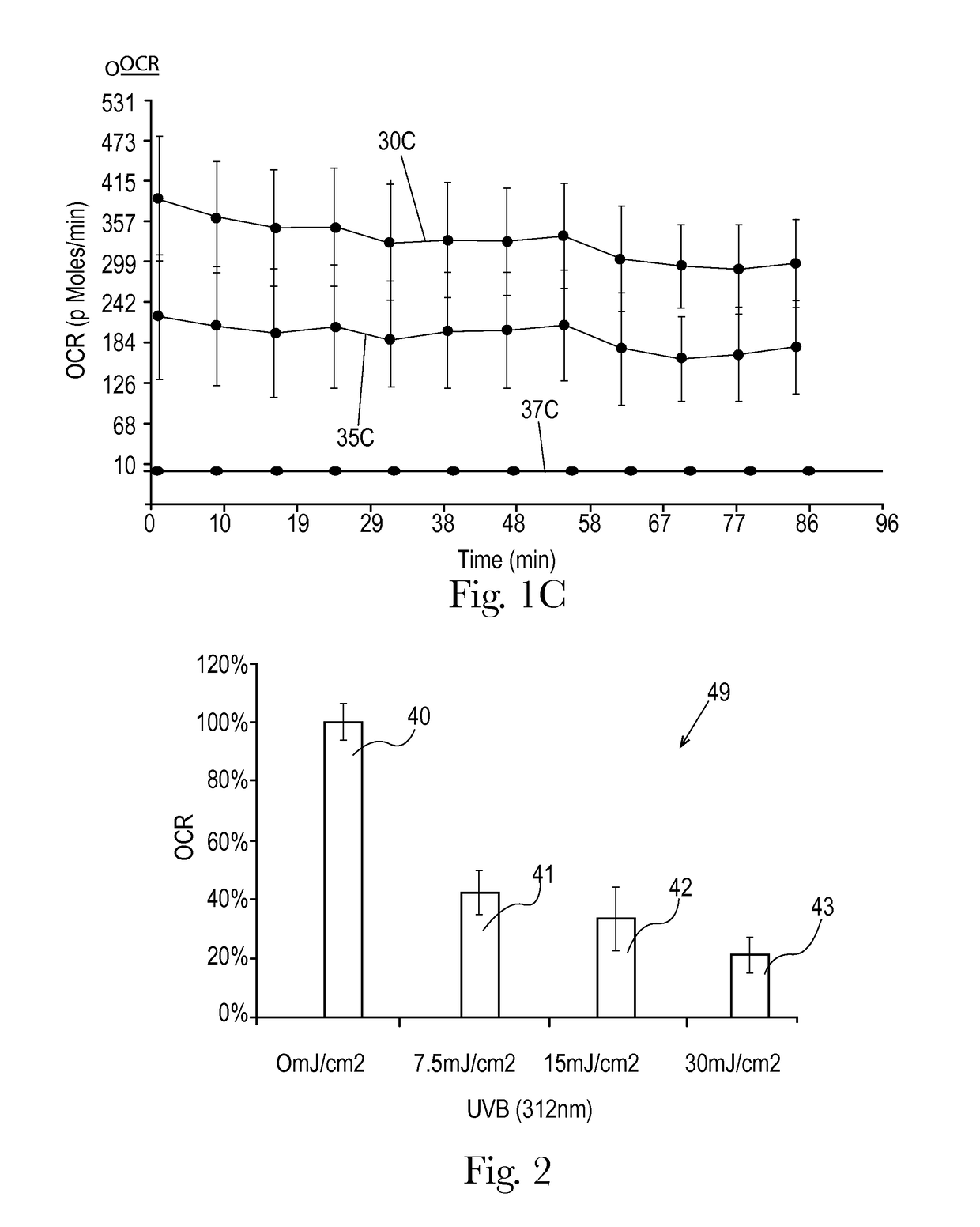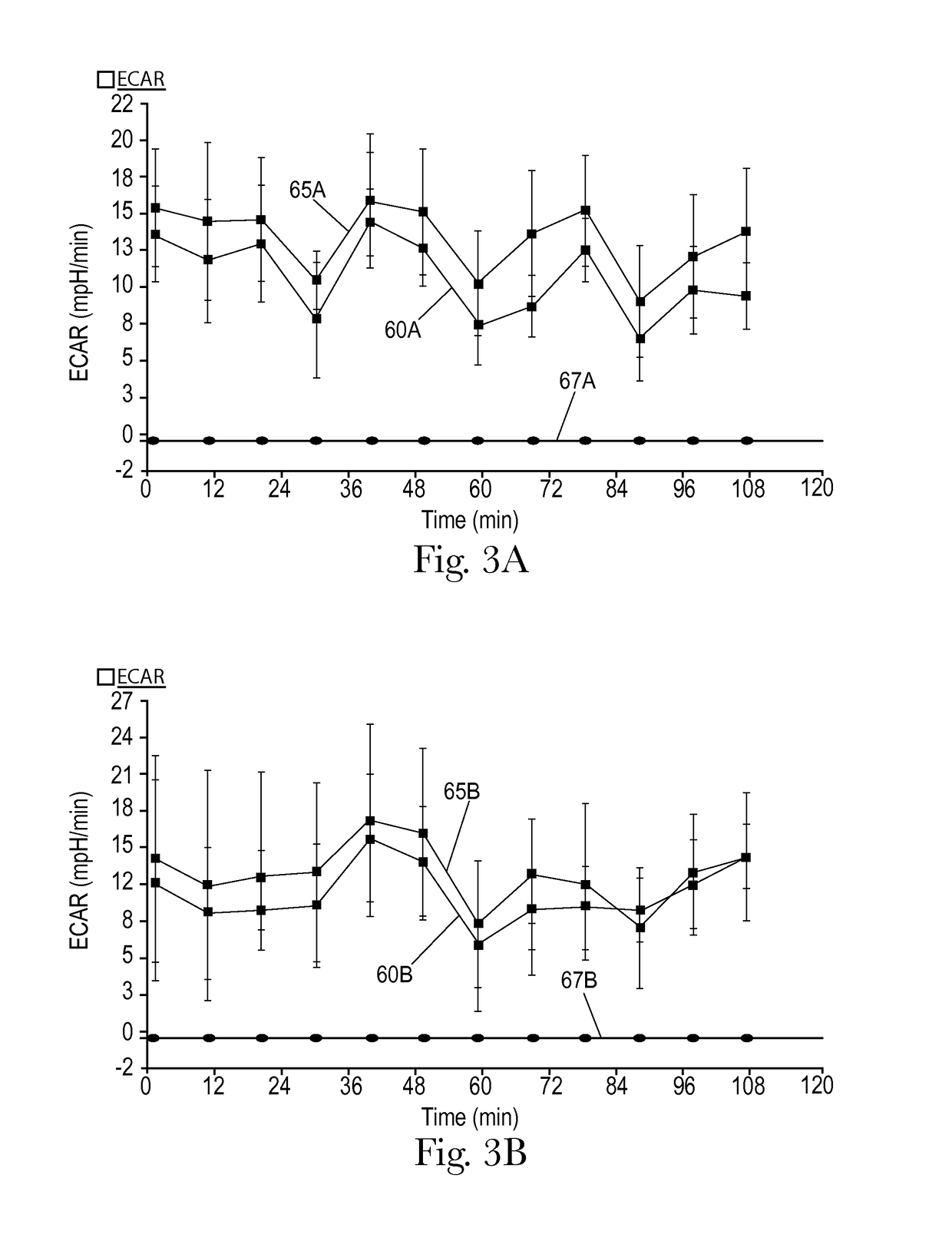Method of identifying or evaluating synergistic combinations of actives and compositions containing the same
a technology of synergistic combinations and actives, applied in the field of identifying or evaluating synergistic combinations of actives and compositions containing the same, can solve the problems of undetected impact, complex metabolic pathways of the cells that convert the useful components of food (e.g., carbohydrates, fats and proteins) into usable energy, damage to cellular structures and organelles such as mitochondria, and achieve safe and effective amount. , the effect of safe and effectiv
- Summary
- Abstract
- Description
- Claims
- Application Information
AI Technical Summary
Benefits of technology
Problems solved by technology
Method used
Image
Examples
example
[0085]The following example illustrates how the method herein can be used to identify synergistic combinations of skin care actives. Hydrogen peroxide is a well known ROS, and is used in this example to illustrate the undesirable metabolic effects associated with exposure of a cell to an oxidative stressor. The hydrogen peroxide was prepared at 10X working concentration in the fibroblast test medium described above. The test agents are niacinamide (also known as vitamin B3) and tocoquinone both commercially available from Sigma. The test agents were each prepared at 10× the final working concentration in the fibroblast test medium described above to provide a test agent solution. The stressor solution and the test agent solutions were both warmed to 37° C. and pH adjusted to 7.4. The cells are frozen, human, dermal fibroblasts obtained from ATCC (BJ cell line). The cells were cultured and prepared according to the test method described above. The fibroblasts were plated in Gelatin-c...
PUM
| Property | Measurement | Unit |
|---|---|---|
| pressure | aaaaa | aaaaa |
| wavelength range | aaaaa | aaaaa |
| time | aaaaa | aaaaa |
Abstract
Description
Claims
Application Information
 Login to View More
Login to View More - R&D
- Intellectual Property
- Life Sciences
- Materials
- Tech Scout
- Unparalleled Data Quality
- Higher Quality Content
- 60% Fewer Hallucinations
Browse by: Latest US Patents, China's latest patents, Technical Efficacy Thesaurus, Application Domain, Technology Topic, Popular Technical Reports.
© 2025 PatSnap. All rights reserved.Legal|Privacy policy|Modern Slavery Act Transparency Statement|Sitemap|About US| Contact US: help@patsnap.com



